Can You Freeze Radicchio?
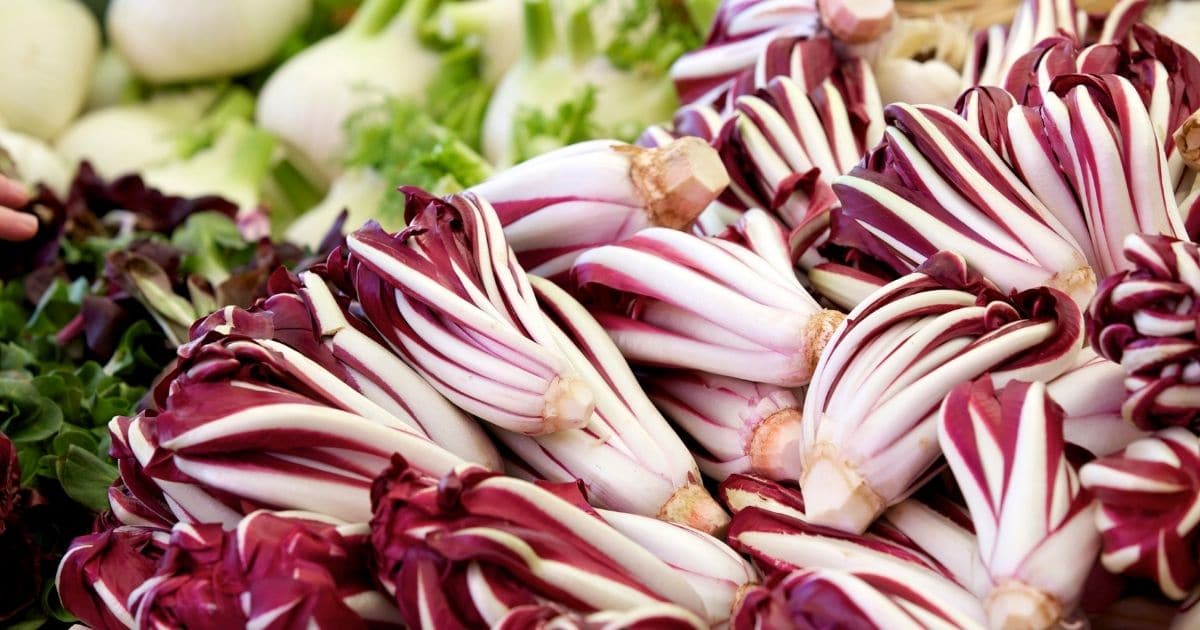
Radicchio is a great, leafy vegetable to have in your salad, in different kinds of pasta, or even in risotto or stews. It has several health benefits as well. However, storing it can be a bit difficult. So how do you make it last longer and keep it fresh? Also, can you freeze radicchio?
Unfortunately, radicchio does not freeze well, and you should not freeze it. Like most vegetables, it is best eaten fresh and raw. Enjoyed this way, you can get the best out of your radicchio. Do not buy them in bulk and try to use them up within a day or two of purchase.
However, it may not always be possible to eat all of it, and there may be occasions when you have leftovers. They do last longer in colder temperatures, with low humidity. So even though you cannot freeze radicchio, you can refrigerate it. This article will discuss how you can store it properly and get the most out of your radicchio lifetime.
Can You Freeze Radicchio?
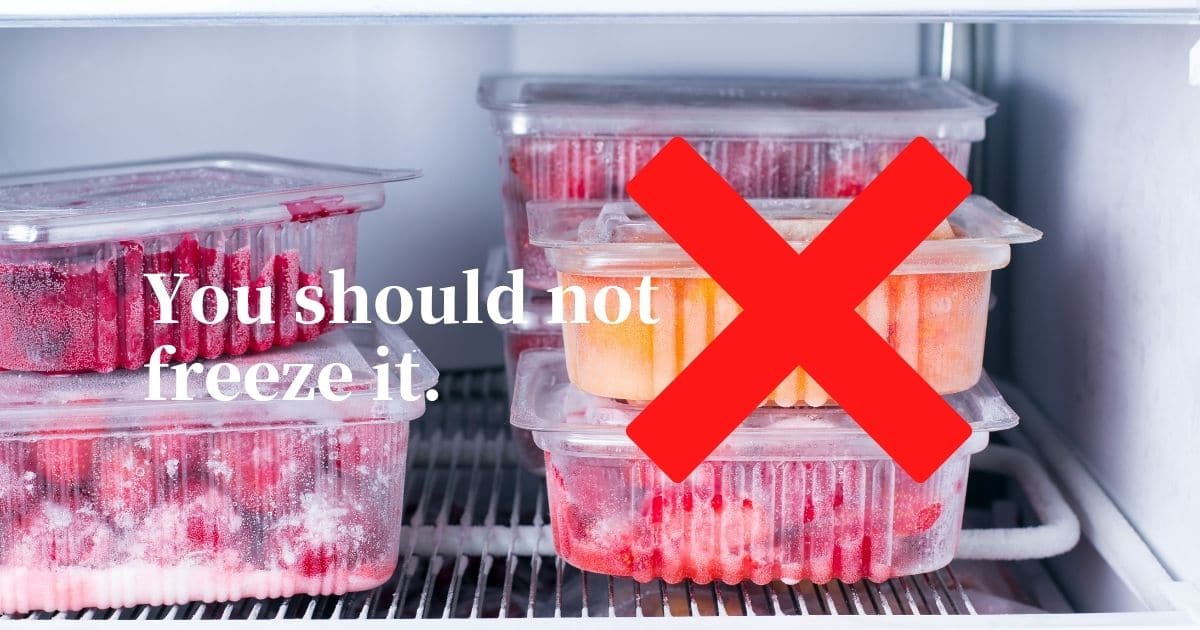
You would think radicchio would store well in a freezer, considering it is a fall to winter grown vegetable. It grows best in cool, mild weather, making it harder to harvest and not easily available. You are less likely to find it on your regular visit to the farmer’s market. Even if you do, chances are, they will be more on the expensive side.
However, more recently, with advancements in growing practices and better seeds, radicchio is more easily grown by many big farmers. They are becoming more and more popular and can become an excellent addition to your dinner menu.
Surprisingly, even though radicchio is grown in cooler environments and even does okay in slightly snow-covered grounds, once picked, it is not recommended that you freeze them. The optimum temperature for growing radicchio is 60 – 65 ° F. Whereas, most freezers will have a temperature of 0° F, if not less. (Source: Institute of Agriculture and Natural Resources)
These extreme cold conditions do not favor the unique taste of the radicchio leaves, and it can dry them out. Assuming you will not attempt to consume them without defrosting, the defrosting process itself will take away most of the taste of the radicchio and might leave it tasting bland. It is likely that it will lose its signature bitter, spicy flavor.
Fresh radicchios have many health benefits. They are rich in vitamin K, which will provide you with your daily dose of dietary fiber. They are also filled with antioxidants. These nutrients can help prevent or reduce the risk of developing osteoporosis, heart disease, and even cancer. (Source: WebMD)
Up to fifty percent of phytonutrients and vitamins can be lost from radicchio over time, especially if frozen or refrigerated. If you eat radicchios raw and fresh, you can reap the best benefits out of them.
Therefore, freezing radicchios is highly discouraged. It will take away a lot of its benefits as well as taste. Refrigeration is fine, but try to buy only what is necessary at the time to use in your salads, pies, or tarts. There are several ways you can incorporate it into your cooking.
How to Properly Store Radicchio
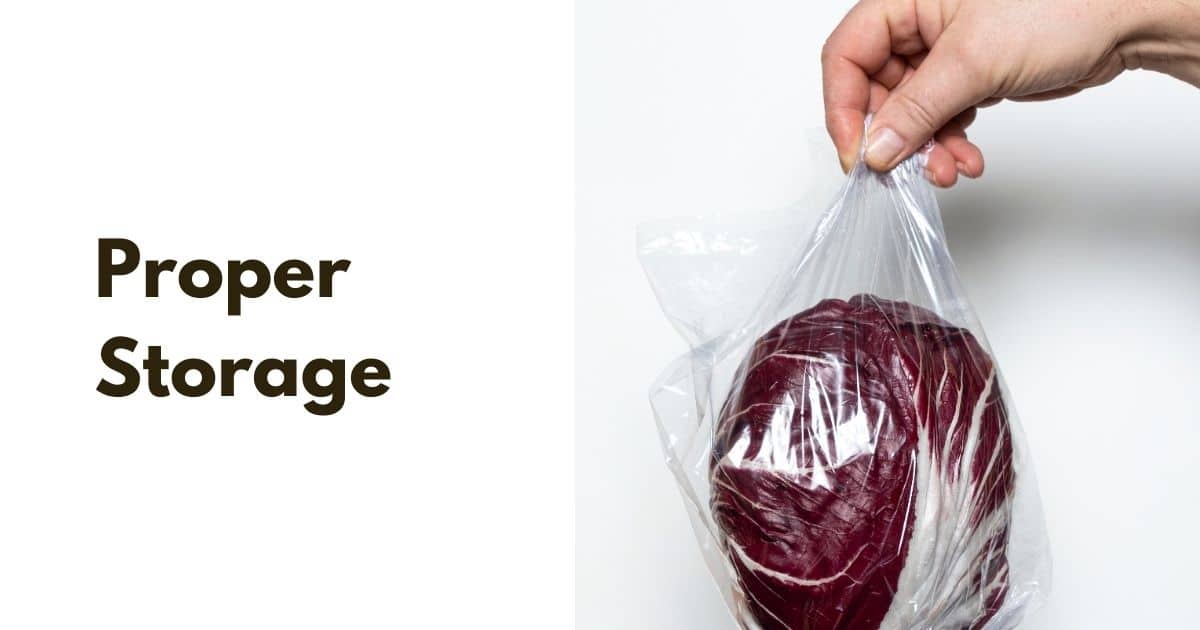
If it is winter or fall, and the average room temperatures are cooler than usual, then you are in luck. Your radicchio will probably be just fine sitting on the counter for a few days. However, it may be better not to test your luck, and try eating it as fast as you can. You can get the best out of it that way.
If you are left with some radicchio that you must store, it is best to wrap it with plastic wrap or in a zip lock bag and put it in the vegetable drawer of your refrigerator. If your refrigerator doesn’t have a vegetable drawer, it can last from three or four days up to three or four weeks maximum in your refrigerator.
Try to keep it whole, if you can. Also, do not wash it before refrigerating to keep out moisture, as it is suited to low humidity. Only keep it in contact with water just before you plan to eat it or cook with it. Try to keep it refrigerated at all times, as soon as you bring it home.
Even though refrigerating increases its storage time significantly, it is still wise to continue checking if it has gone bad. Try not to forget about it after shoving it back somewhere in your refrigerator.
How Long Does Radicchio Last?
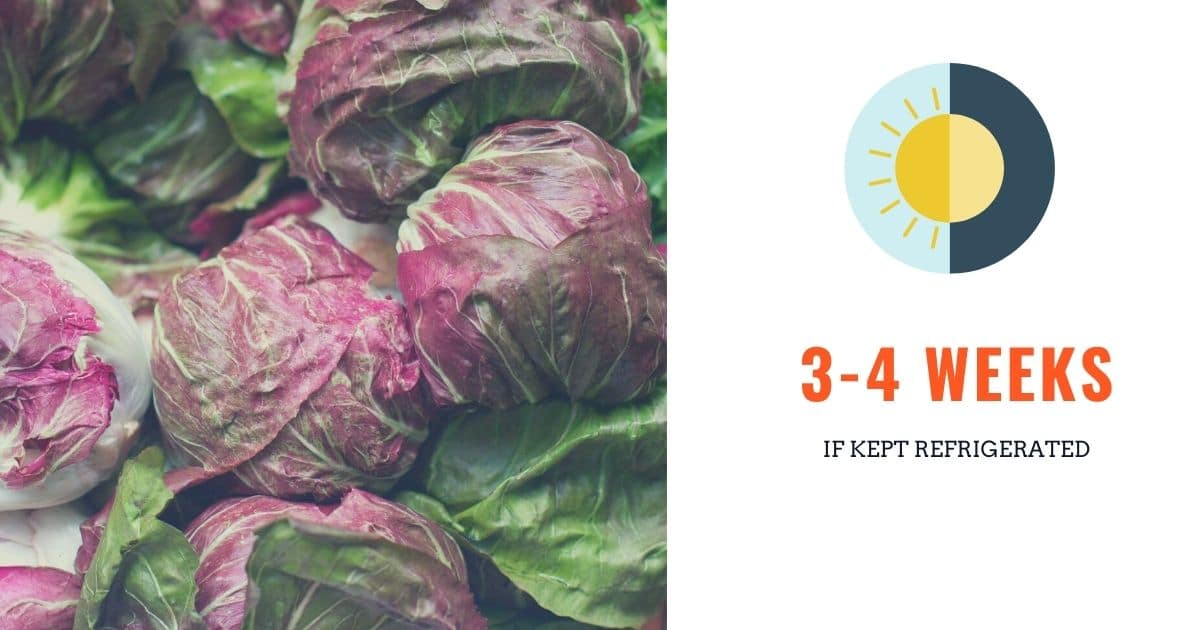
Radicchio is a cool, fall to winter grown crop, and so it thrives in cooler temperatures or mild weather. It can be grown in the summer if the nights are cool enough. So, your radicchio will usually last you at least two to three days if kept out in the winter.
Though you can get the best from your radicchio during the months of winter and fall, they are becoming more and more available during the summer months as well. Keep in mind, they will not last as long during hot, humid summer days. So, get it into a refrigerator as soon as you can.
If kept refrigerated, it should last you up to as long as three to four weeks. How long exactly will depend on how you store it and the condition of your refrigerator. They are grown in cool places with very little humidity, and so they last slightly longer if kept in optimum conditions.
However, as with most vegetables and fruits, they do not have a very good shelf life and should be consumed as fast as possible. Most fresh produce does not do well if kept out long, as they start decaying due to natural processes. Some may even catch bugs and small flies. Insects may cut through your radicchio leaves as well. So, keep it covered and protected and in a clean place.
To know if it is good enough to eat, try checking for foul smells or molds growing on the leaves. Even though it is bitter-tasting to begin with, if gone bad, it can have a sour after-taste. Another sign of it going bad is that leaves turn darker. It is best not to eat it if there are fungi growing or if it has gone bad. If wilted, however, putting it in an ice bath will revive the radicchio.
Tips to Make Your Radicchio Last Longer
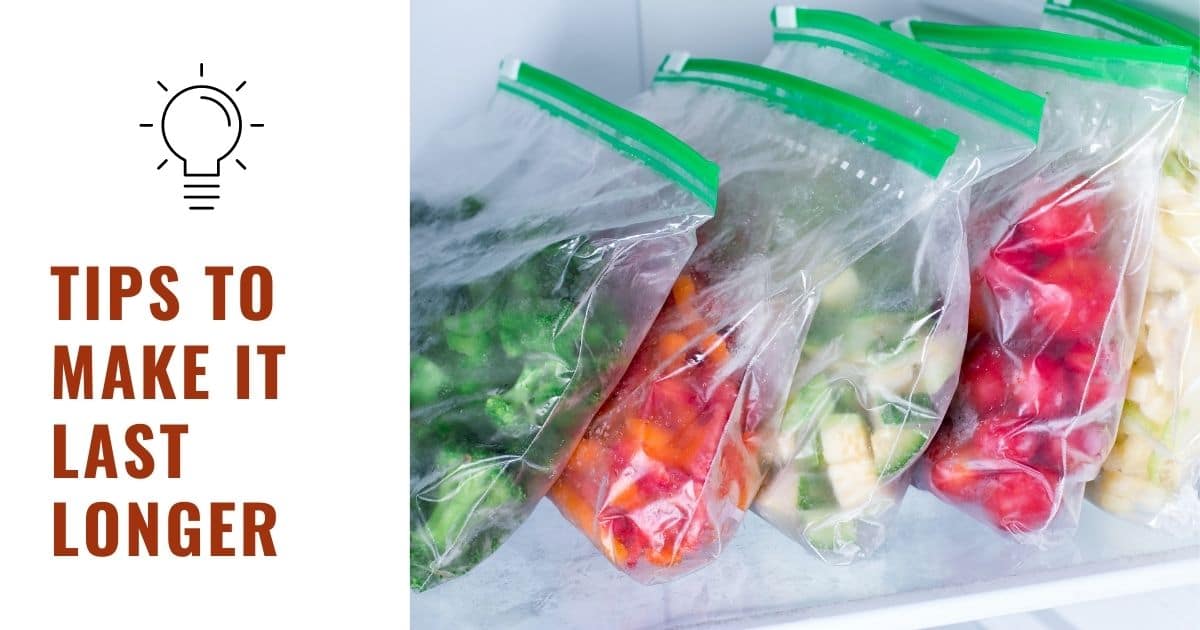
Let’s be honest. It is hard to make radicchio, or any vegetable for that matter, last a really long time, and you probably should not try to. They are best eaten fresh. Be that as it may, the easiest way to make it last slightly longer is to refrigerate it in a plastic bag, wrapped in a paper towel. They stay well in cool, dry places, so find places accordingly.
Be mindful while buying your radicchio and only pick the freshest ones. If they have already been sitting in the store for a long time, they will go bad even quicker at home. Though you can find them all year round in stores, they are seasonal vegetables and taste their best during cooler seasons. So, try to buy them when they are in season.
They naturally have a very striking, almost red-rose-like color, with white streaks from the stems. They come in different shapes, but the most popular ones are shaped like cabbages. Check for fresh, bright, crisp leaves. Any signs of discoloration or darkening indicate that they have been left in the store for too long and have started to decay. Get rid of any wilted leaves.
Another trick is to cook it and then store it. This would not get you a better “lifetime” than refrigerating, of course, but if you somehow end up with a lot of radicchio, you can just cook it and store the dish as you normally would.
There are many different ways you can serve Radicchio, so you can eat it in different meals of the day, without feeling redundant. You can cook tarts or pies with it. You can blend it into salad dressing or even a smoothie and store that. You can roast it, and dry it out and use it as a topping on a pizza.
One unusual idea can be incorporating it into cookies. There are amazing recipes for Italian biscotti with radicchio. These will have a much better shelf life than plain, uncooked radicchio. You can also make chutneys or pickle the radicchio so that it is “fermented” and lasts longer. Enjoy it as a snack or a side to any dish, and add a punch of flavor to your palette.
Conclusion
Radicchios, with their unique bitter-spicy taste, can easily get you hooked. You can eat them raw and fresh, or cook them to make something even better. Radicchios are very healthy for you and are packed with vitamins, minerals, and fibers. If you like the bitter, strong taste of Radicchios, you may wish you could enjoy them all year round.
However, remember that you cannot freeze radicchios and store them to eat all throughout the year. They are a seasonal vegetable and should be savored while they taste the best. Because it might be a whole year before you get that amazing taste again.